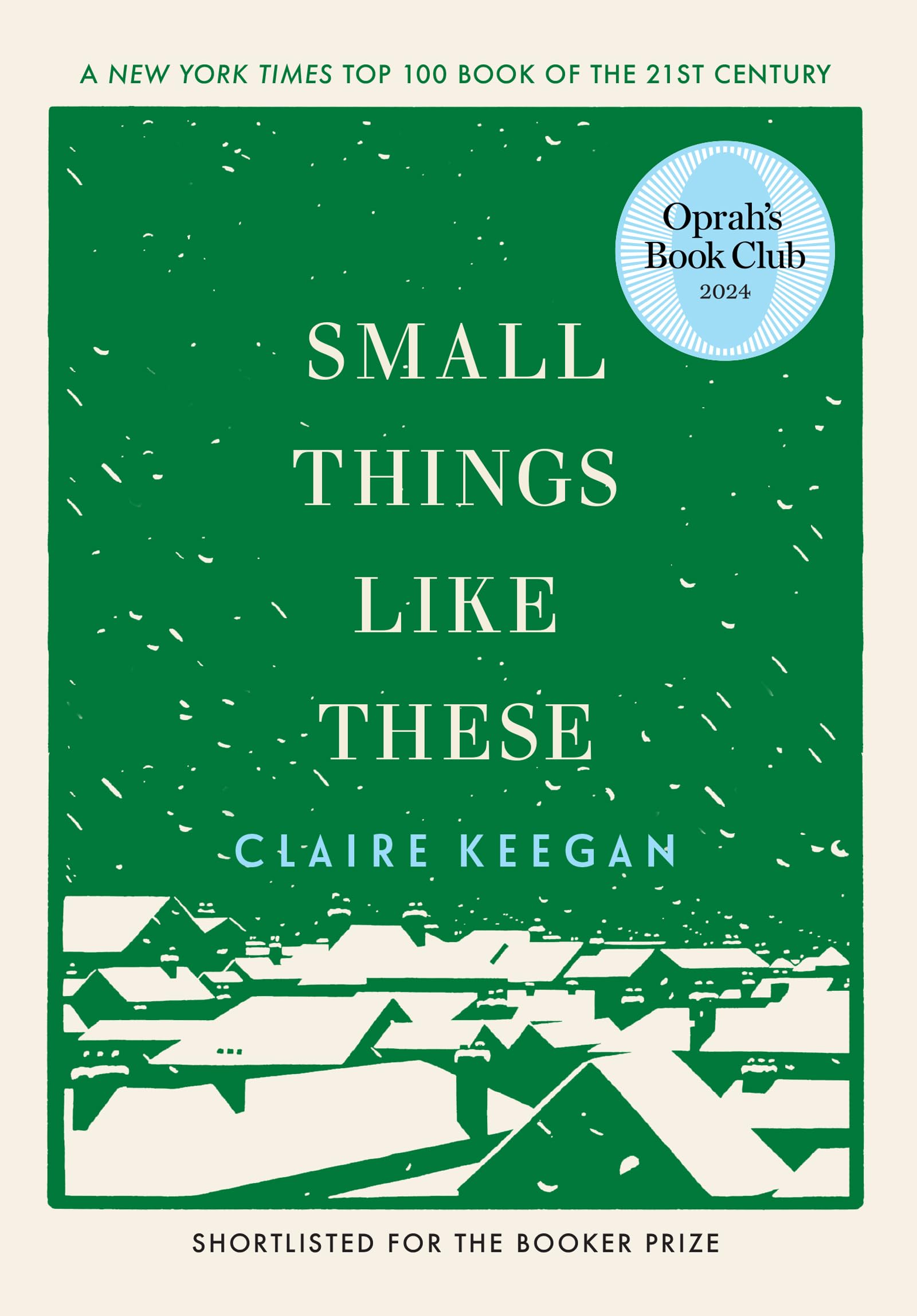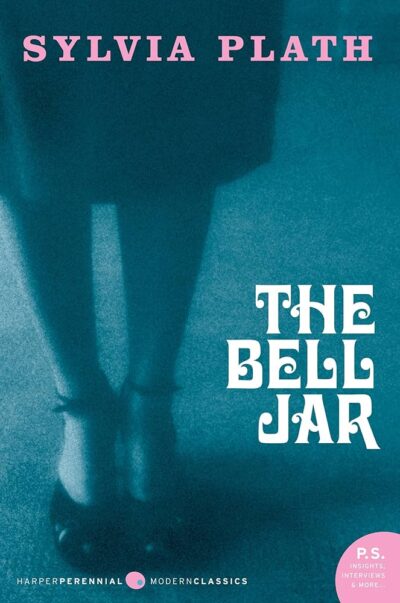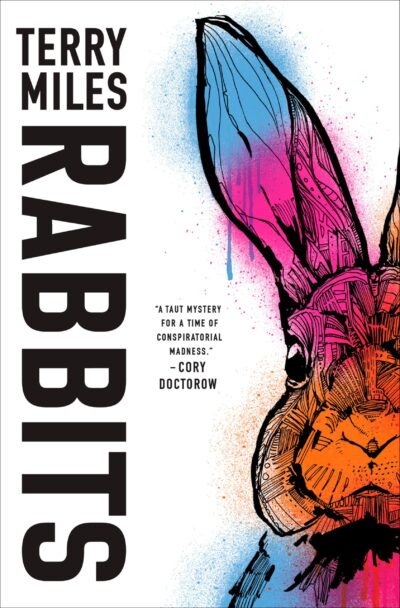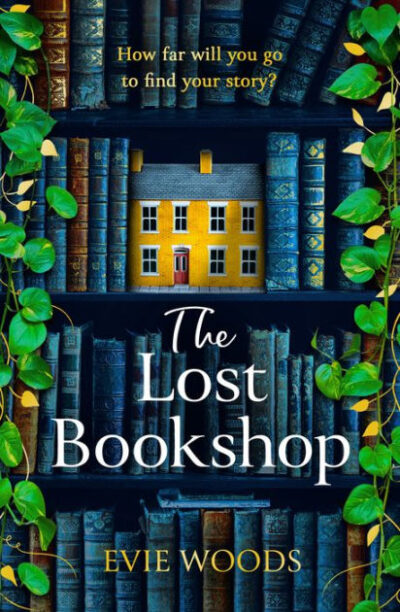I really enjoyed reading Small Things Like These. The portrayal of Irish society and the quiet endurance of suffering was powerful and very interesting. I also really appreciated the way the complex themes were explored.
My Experience
In reading Small Things Like These by Claire Keegan, I experienced immersion, which is described in this course’s experience glossary as “Absorbing or engrossing involvement in a story. You might feel as though you’ve been swallowed by the story.”
The story was deeply Irish and represented much of Ireland’s historical societal struggles. The representation of suffering and responsibility was deeply interesting, as it felt so particularly Irish to me. This is an Irish story, but because of its themes and language, I was immersed in how un-American it was.
Silence and Acceptance of Suffering
The novella is set in 1985 in an Irish town where everyone is aware of the abuses in the Magdalene laundries, but no one really speaks up. Bill Furlong, the main character, had lived through hardship himself.
“Furlong had come from nothing. Less than nothing, some might say. His mother, at the age of sixteen, had fallen pregnant while working as a domestic for Mrs Wilson, the Protestant widow who lived in the big house a few miles outside of town. When his mother’s trouble became known, and her people made it clear that they’d have no more to do with her, Mrs Wilson, instead of giving his mother her walking papers, told her she should stay on, and keep her work. On the morning Furlong was born, it was Mrs Wilson who had his mother taken into hospital, and had them brought home.
It was the first of April, 1946, and some said the boy would turn out to be a fool.”Keegan 11
From the very beginning of his life, Furlong faced the hardship that comes with having an unwed, teenaged mother in mid-20th century Ireland. As a result of this, he was raised in the shadow of societal judgement. This felt un-American to me, as an American child born in these circumstances would be raised in the shadow of societal judgement, but there would be more vocalization about it. While some claimed Furlong would “turn out to be a fool” they did not openly criticize him or his mother. Knowing American women who have had babies in their teens (in the 2010s), American teens in mid-20th century America surely would have faced verbal repercussions.
“It would be the easiest thing in the world to lose everything, Furlong knew. Although he did not venture far, he got around- and many an unfortunate he’d seen around town and out on the country roads.”
Keegan 18
This quote reflects the quiet endurance defining Irish identity. People are aware of one another’s struggles, but there’s a cultural reluctance to openly confront these hardships.
Upon witnessing the abuses in the Magdalene laundries, Furlong wrestles internally with what is right, rather than openly rebelling against the injustices around him. This contrasts with the more overt moral confrontation often found in American literature.
“That night, in bed, Furlong considered going over no part of what he’d witnessed at the convent with Eileen, but when he told her, she sat up rigid and said such things had nothing to do with them, and that there was nothing they could do, and didn’t those girls up there need a fire to warm themselves, like everyone?”
Keegan 43
Furlong’s wife, Eileen, encourages his ignorance to the abuses at the Magdalene laundries. Both he and his wife had been shaped by a culture that valued quiet endurance.
The town operates on unspoken rules, where the Catholic Church has immense influence. In this setting, collective survival depends on maintaining the status quo. This is clear in how the townspeople avoid addressing the realities of the Magdalene laundry despite knowing the cruelty within its walls. The fact that the nuns are exempt from punishment, with no immediate societal outcry, reflects a deeply ingrained cultural attitude of turning a blind eye to hardship when it does not directly impact oneself. And, Furlong’s own past of growing up with an understanding of shame and exclusion, mirrors the unspoken burdens carried by others in his community. This is unlike an American setting where individualism and questioning authority are valued.
Furlong’s wife represents the mindset of many others in their position. When Furlong expresses concern for the girls at the Magdalene laundries, Eileen reminds him of their daughters and how their own survival depends on staying out of such issues. She does not ponder in the way that Furlong does, and centralizes the fact that their daughters are not the ones in that position, so it is not their concern. Their concern is their daughters.
These societal norms and ideas kept me immersed in the story, as they are so different from what I typically read.
Narration Technology
The narration technology that prompted my experience was free indirect discourse, which is described in the course’s “Technologies by Element of Narrative” as “A narrator who can ventriloquize a character (often ironically), speaking as them instead of conveying what they actually said with direct quotation.” This technology allows the reader to intimately experience Furlong’s moral struggle without him explicitly voicing it. Because he never outright states that the Church is oppressive or that the town is complicit, the reader is left to infer the weight of unspoken cultural norms. Because I already had context of mid-20th century norms in Ireland, the implications were clear to me. They probably would have been clear to me eventually anyway, but I understood very early on what was occurring.
“It seemed both proper and at the same time time deeply unfair that so much of life was left to chance.”
Keegan 52
In this quote, we gain insight into Furlong’s perception of life’s complex inequities, but his viewpoint is blending with the storytelling voice rather than his own.
“Before long, he caught a hold of himself and concluded that nothing ever did happen again; to each was given days and chances which wouldn’t come back around.”
Keegan 28
Here, Furlong’s introspection on opportunities is illustrated through the narrative lens mirroring his thoughts.
In utilizing free indirect discourse, Keegan does not allow the reader to feel Furlong’s life struggles. She offers his story, but Furlong is bound to quietly endure his issues. This restraint mirrors Irish cultural tendencies toward emotional suppression and unspoken suffering, tying back into the immersive experience.
At the end of Small Things Like These, Furlong rescues one of the girls from the Magdalene Laundries. However, he is not portrayed as as a hero. I think the awareness of the un-Americanness of this story is from the lack of directness, emotional explicitness, and individualistic heroism. Even though Furlong “is” the hero, within the historical context, he is wrong for breaking social norms.
References
Experiences Glossary – Story & The Brain. https://unewhavendh.org/story-and-the-brain/experiences-glossary/. Accessed 23 Mar. 2025.
Keegan, Claire. Small Things Like These. Grove Atlantic, 2021.
Technologies by Element of Narrative – Story & The Brain. https://unewhavendh.org/story-and-the-brain/technologies-by-element-of-narrative/. Accessed 23 Mar. 2025.
Featured Image
GROVE ATLANTIC, INC. ALL RIGHTS RESERVED.




